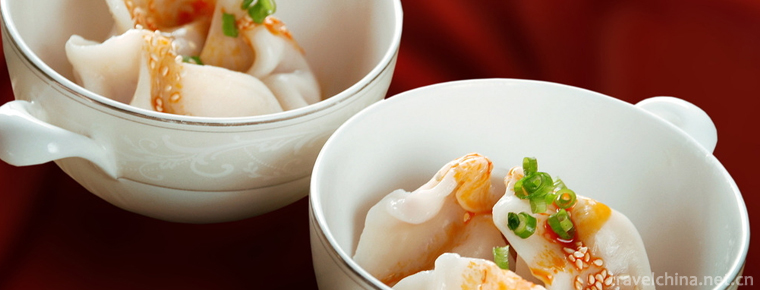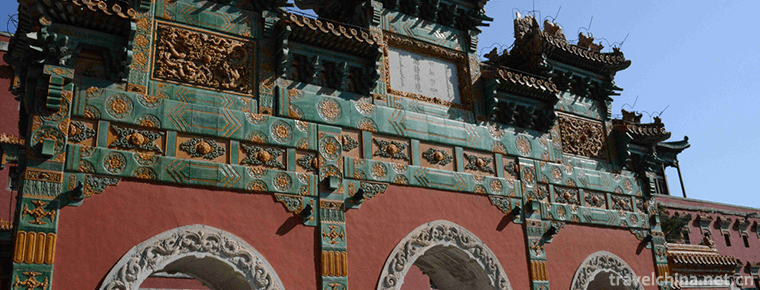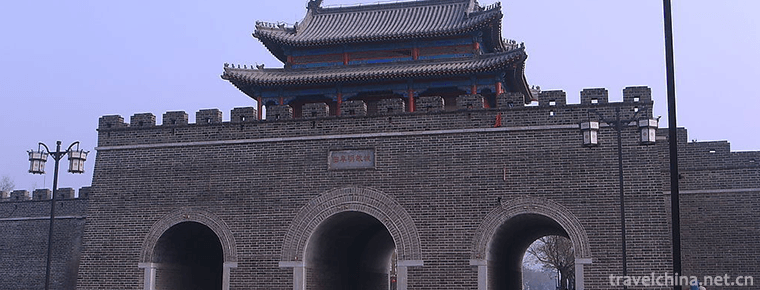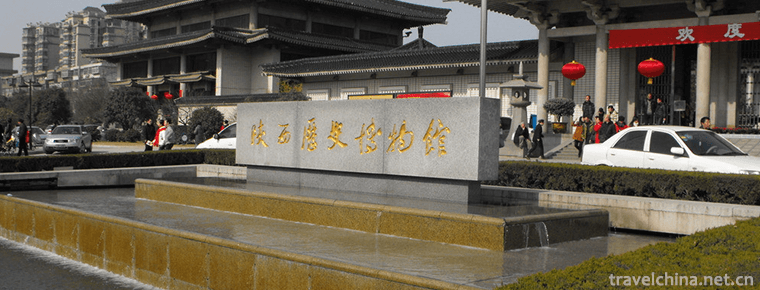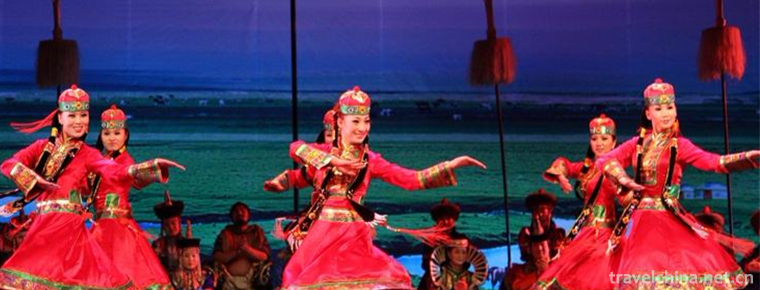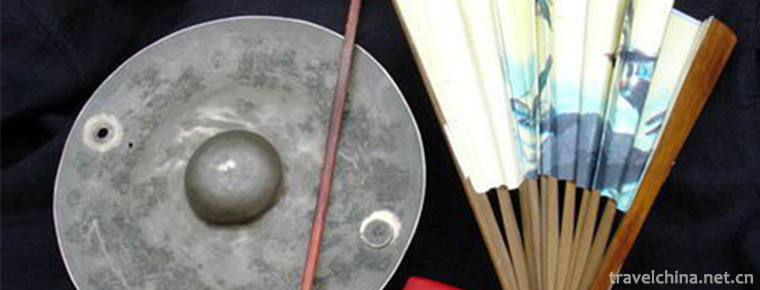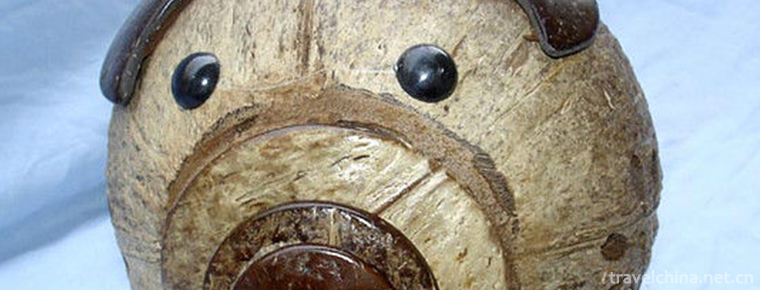Kazakh Dongbra Art
Kazakh Dongbra Art
Winter Bula's strength and speed vary widely, especially for fast music. Dongbula is suitable for men and women. The basic method of playing is playing and picking. Generally speaking, playing is used for rebound and picking is used for tapping. Dongbula is a favorite art form of Kazakh people. Singers play and sing by themselves. People call impromptu singers "Akan", which means a traveling poet.
On June 7, 2008, Kazakh Dongbra Art was approved by the State Council to be included in the second batch of national intangible cultural heritage list.
historical origin
"Xinjiang Kazakh Winter Bra Art" consists of five parts: music (Winter Braquet), playing and singing music, folk dance music, playing methods and techniques, musical instruments and production techniques.
Kazakhs call Dongbra music "Dongbraquiyi". According to the difference of music structure and performance techniques, it can be divided into two categories: Tokbequiyi (percussion music) and Chelstequiyi (plucked music). According to statistics, there are thousands of Dongbra music popular among the Kazakh people in Xinjiang.
Dongbra is an ancient art form of Kazakh nationality. According to folk tradition, it can be classified into six categories: An (playing and singing), Aytes (duet singing), Tilmer, Tolejao, Kesa and Dastan. Dongbra music is an important part of these art types and artistic expression.
artistic characteristics
Dongbra is a plucked musical instrument, which is the favorite art form of the Kazakh people. Although the volume is not large, but the timbre is very beautiful. Play with left hand and right hand. It can be used for Solo or instrumental ensemble as well as for Solo singing. Because it is portable and easy to carry, it is very suitable for the uncertain life on the grassland, and is deeply loved by Kazakh herdsmen. Dongbra is composed of flat or ladle-shaped wooden speakers with slender poles and eight or ten grades embedded on them. It can be chorded by four or five degrees and can play harmony. Playing pays attention to playing and picking, playing for rebound, picking for tapping. The melody is divided into two kinds: singing and rapping. The rhythm is mostly composed of mixed beats.
Representative works
His representative works include "Kala Kok Leha", "Wrestling Dance", "Horse Racing Dance", "Moon", "Eagle Dance", "Bear Dance", "Racing Felt Dance", "Embroidery Dance" and "Bax" singing and dancing in the practice of Shamanism relics.
Inheritance significance
Xinjiang Kazakh Dongbula art is one of the oldest folk musical instruments of the Kazakh nationality, Dongbula as the center of the ancient music. It is a multi-artistic form formed by the gradual integration and development of many clans, tribes and tribal associations in ancient times. There are different opinions on the origin of Dongbra. Some researchers believe that its germination has a history of several thousand years. For thousands of years, Kazakhs have recorded their history, culture, life and beliefs in the way of Winter Braquille (Winter Braquille Music) and Winter Braquille playing and singing, and passed on from generation to generation through oral and heart-to-heart teaching. Winter Braquille art has become an important symbol of Kazakhs in terms of nationality, culture, ideology and spirit.
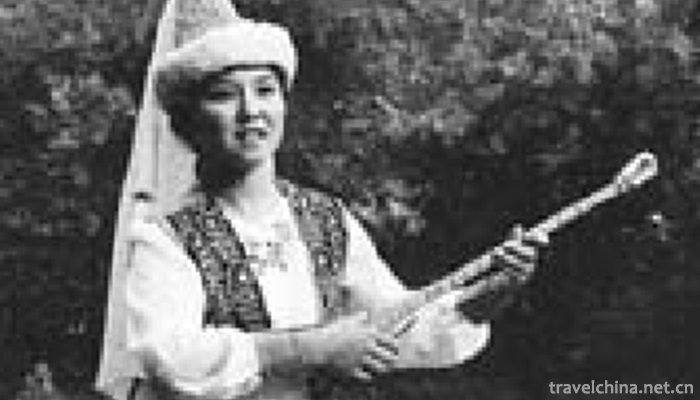
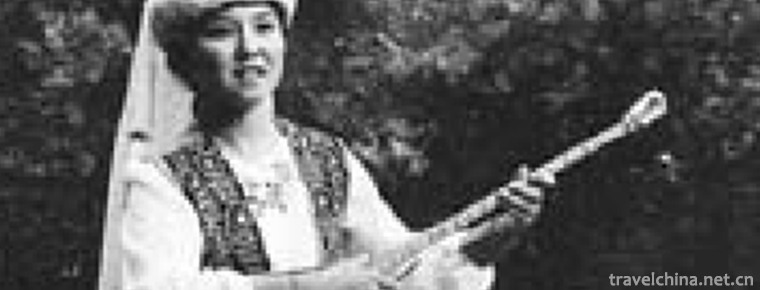
Kazakh Dongbra Art
-
Crucian carp tofu soup
Carassius auratus tofu soup is a famous dish of the Han nationality. It belongs to Guangdong cuisine. It tastes salty and delicious. Carassius auratus has a very good milk-stimulating effect
Views: 1082 Time 2018-11-02 -
Putuo Zong Cheng
Putuo Zongcheng Temple, located in the north of Chengde Summer Resort and south of Shizigou, Hebei Province, covers an area of 220,000 square meters
Views: 181 Time 2019-02-07 -
Qufuming Old Town
Qufuming Old Town: World Cultural Heritage, one of the three holy cities in the world, national AAAAA tourist attractions, National Scenic spots, national key cultural relics protection units, one of
Views: 382 Time 2019-02-07 -
Shaanxi History Museum
Shaanxi History Museum, China's first large-scale modern national museum, the first batch of China's "AAAA" class tourist attractions, known as the "ancient capital pearl,
Views: 161 Time 2019-02-08 -
Mongolian Sawurden
Mongolian Sawurden, Xinjiang Uygur Autonomous Region and Jingxian traditional dance, one of the national intangible cultural heritage.
Views: 226 Time 2019-06-04 -
Pinghu cymbal book
Cymbals are a unique form of local traditional folk art in the Wu dialect area of Jiangnan. According to the Records of Songjiang County, it was formed in the Qing Dynasty (1821-1850). It is now mainl
Views: 154 Time 2019-06-09 -
Coconut carving
Coconut sculpture is made of coconut shell, coconut palm and coconut wood as raw materials, and is carved into various practical products and plastic arts by hand. Coconut sculpture is one of the spec
Views: 236 Time 2019-07-11 -
Ganzi Zanba
"Zanba" is the Tibetan transliteration of fried noodles. It is a staple food that Tibetan people must eat every day. If you are a guest of Tibetan compatriots' homes, the host will bring you fragrant milk tea and highland barley fried noodles, golden butter and milk yellow "Qula" (casein) and sugar stacked on the table.
Views: 98 Time 2020-12-06 -
Mianyang scenic spots
Mianyang City is a famous historical and cultural city in Sichuan Province, the main node of the dajiuzhai international tourism circle and the Three Kingdoms Shu Road culture international tourism line. It has a 5A level scenic area of "Beichuan Qiang city tourism area"
Views: 92 Time 2020-12-14 -
Meishan landform
Meishan city is high in the West and low in the East, high in the South and low in the north. The territory of mountains and horizontal, hilly ups and downs, dense river network. The central part is the broad Minjiang River valley plain. Guangdongdong mountain in Hongya
Views: 344 Time 2020-12-18 -
Meishan special food
Meishan traditional delicacies and specialties include: sugar and oil fruit, spicy sausage, Sichuan fried spring rolls, Dongpo bean curd elbow, stone bean curd, Dongpo cuttlefish, Dongpo sausage, sweet potato sugar, Meishan Qiao Jiao beef, yameizi so
Views: 257 Time 2020-12-18
